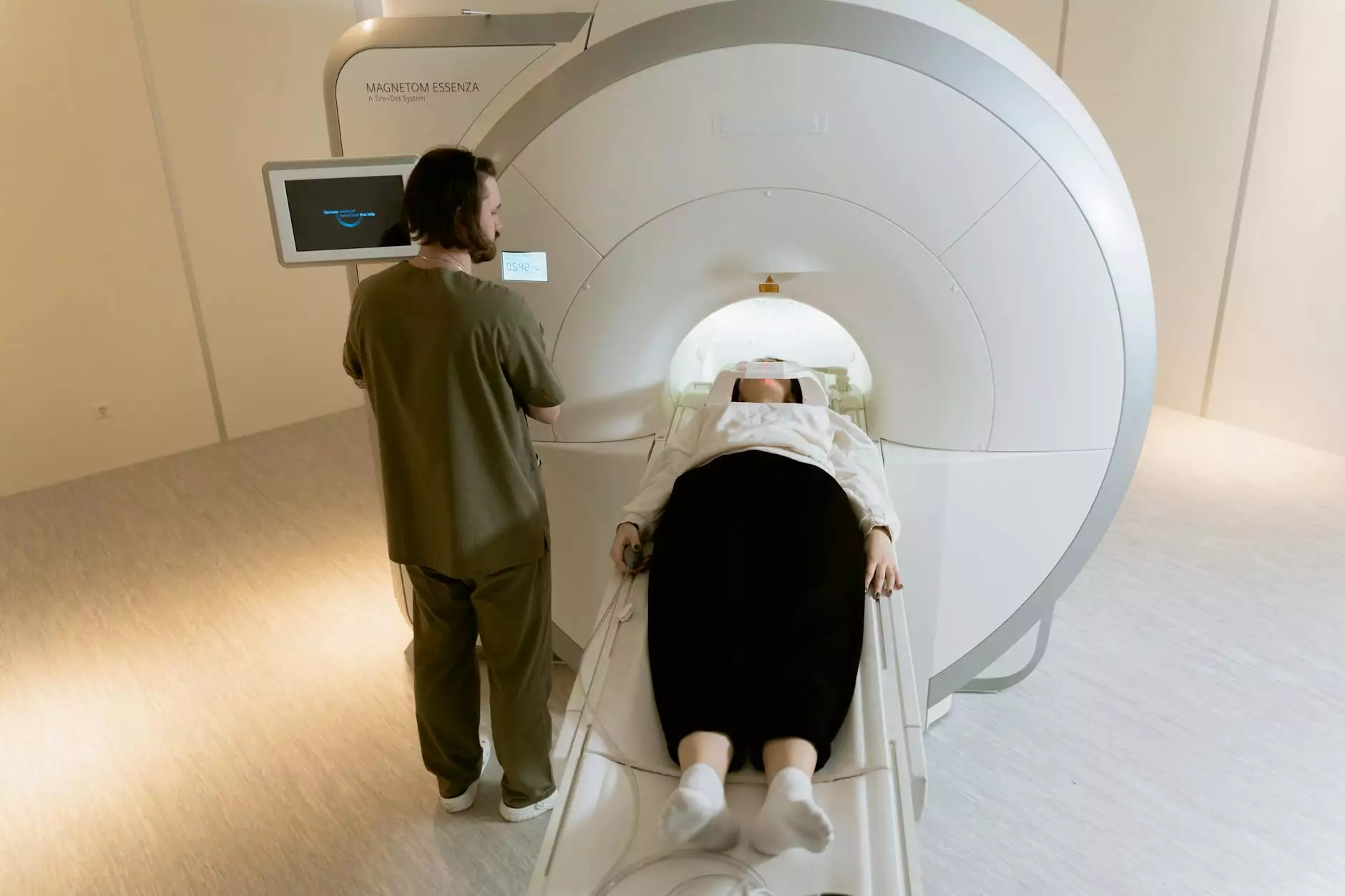Understanding CT Scans for Lung Cancer Detection and Management

Lung cancer is one of the leading causes of cancer-related deaths worldwide. Early detection is crucial for improving survival rates and treatment outcomes. One of the most effective tools in the diagnostic arsenal is the CT scan for lung cancer. In this article, we will delve deep into what a CT scan entails, its importance in lung cancer diagnosis, and the overall impact on patient management and treatment. Let's explore.
What is a CT Scan?
A CT (computed tomography) scan is a specialized imaging technique that utilizes a series of X-ray images taken from different angles. These images are combined using computer technology to create cross-sectional images of bones, blood vessels, and soft tissues inside your body. This advanced imaging modality is pivotal in diagnosing various medical conditions, including lung cancer.
The Role of CT Scans in Lung Cancer Diagnosis
When it comes to lung cancer, prompt and accurate diagnosis is paramount. The CT scan for lung cancer plays an essential role in several ways:
- Early Detection: CT scans can reveal tumors at an early stage, often before symptoms appear.
- Tumor Characterization: They help differentiate between benign and malignant growths based on size, shape, and density.
- Staging of Disease: CT scans assess whether cancer has spread to nearby lymph nodes or other organs, which is crucial for determining the most effective treatment plan.
- Guiding Biopsy Procedures: In cases where further tissue sampling is required, CT scans can guide minimally invasive biopsy techniques to ensure accurate sampling.
Benefits of Using CT Scans for Lung Cancer
Patients and healthcare providers can benefit significantly from utilizing CT scans for lung cancer detection:
- High Sensitivity: CT scans are more sensitive than standard X-rays and can detect smaller lung nodules.
- Painless and Non-invasive: The procedure is quick, safe, and does not require any surgical interventions.
- Comprehensive Imaging: CT provides detailed images that assist in evaluating the extent of lung cancer.
- Rapid Results: CT scans can be analyzed quickly, allowing for timely diagnosis and intervention.
How is a CT Scan Performed?
Understanding the procedure might relieve some anxiety patients may have. Here’s a step-by-step guide on what to expect during a CT scan for lung cancer:
Before the Scan
Prior to the scan, patients may be advised to:
- Inform the medical team about any medications or allergies.
- Avoid eating or drinking for several hours before the procedure.
- Wear comfortable clothing without metal fasteners, as these can interfere with the scan.
During the Scan
During the CT scan, follow these steps:
- You will lie down on a motorized table that glides into the CT scanner.
- The technologist will position you to ensure optimal imaging of the lungs.
- You may be asked to hold your breath briefly as the machine takes images.
- Some scans may require the use of a contrast dye to highlight areas of concern.
After the Scan
Once the scan is complete:
- You can resume normal activities immediately.
- If contrasts were used, be sure to hydrate well to help flush out the dye.
- The radiologist will analyze the images and report findings to your physician.
Understanding CT Scan Results
Once the scans are analyzed, the results will be shared with the patient during a follow-up appointment. Key aspects to look for include:
- Presence of Nodules: Small spots on the lung that may need further investigation.
- Size and Shape of Tumors: Characteristics that can help determine malignancy.
- Spread of Cancer: Whether the cancer has invaded lymph nodes or other organs.
CT Scans and Lung Cancer Treatment Planning
The role of CT scans extends beyond diagnosis; they are instrumental in formulating a treatment plan. Based on CT findings, healthcare teams can:
- Consider surgical options for tumor removal.
- Design chemotherapy or radiation therapy regimens tailored to the stage of cancer.
- Monitor treatment progress and adjust strategies as needed with follow-up scans.
The Importance of Follow-Up CT Scans
After initial treatment, follow-up CT scans are essential for several reasons:
- Monitoring for Recurrence: Checking for any signs of cancer returning.
- Evaluating Treatment Efficacy: Assessing how well the tumor is responding to therapy.
- Guidance for Additional Treatments: Informing decisions regarding additional surgery or therapies if needed.
Potential Risks and Considerations
While CT scans are generally safe, it’s important to consider potential risks:
- Radiation Exposure: CT scans involve radiation, which can accumulate over time, but the benefits usually outweigh this risk.
- Allergic Reactions: Possible adverse reactions to the contrast dye used in some scans.
Conclusion
In conclusion, the CT scan for lung cancer is a powerful diagnostic tool that plays a vital role in the early detection and management of lung cancer. Its ability to provide detailed images allows healthcare professionals to make informed decisions that can significantly affect patient outcomes. At HelloPhysio, we emphasize a comprehensive approach to health and medical services, ensuring that patients receive the highest level of care. Early detection and effective treatment can save lives—understanding the tools available is a crucial first step in that journey.
Whether you're seeking diagnosis, treatment options, or comprehensive care, know that there’s help available—and CT scans are at the forefront of that effort.









